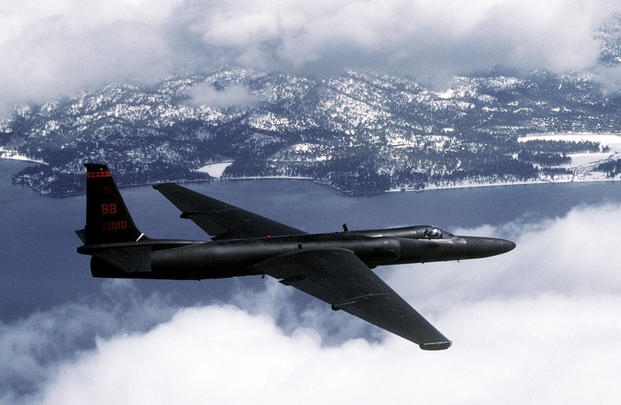The Air Force has dropped plans to begin retiring the U-2 Dragon Lady spy plane around 2019, officials said Tuesday.
That was the date listed in previous spending plans drafted by the service. But the Pentagon's budget request for fiscal 2018, beginning Oct. 1, doesn't include any retirement date for the Cold War-era workhorse.
"There is not a retirement date for the U-2 in this budget," Maj. Gen. James Martin, the Air Force's deputy assistant secretary for budget, said during a budget briefing at the Pentagon. "We plan to keep that platform well into the future."
RELATED: Air Force Requests 4K More Airmen, 46 F-35s, No Bonus Changes
"It's a capability that we need and we also need the capacity as well," Martin said.
Budget uncertainty in previous years played a role in recent recommendations to retire the U-2, the general said. But "the world changed in August 2014," he said, in an apparent reference to the start of the U.S. military campaign against the Islamic State of Iraq and Syria, or ISIS.
The spending plan must balance the keeping demands to deal with today's threats while preparing for future missions, Martin said.
As a result of additional spending in the recently enacted 2017 budget and the proposed 2018 plan, "We have more resources [where] we can keep both around," he said of the U-2 and the RQ-4 Global Hawk high-altitude drone intended to replace the Dragon Lady.
The Air Force in 2016 estimated it could save $2.2 billion by retiring the U-2, as Defense News has reported.
Northrop Grumman Corp., the Falls Church, Virginia-based manufacturer of the Global Hawk, is retrofitting the drone with sensor systems similar to the U-2's. For example, the company in February successfully tested an MS-177 multi-spectral sensor made by UTC Aerospace Systems and designed to surpass the Dragon Lady's Senior Year Electro-optical Reconnaissance System, or SYERS-2.
Even so, the Air Force so far is adamant in keeping both platforms.
"We need both to meet the demand of ISR," Martin said.









